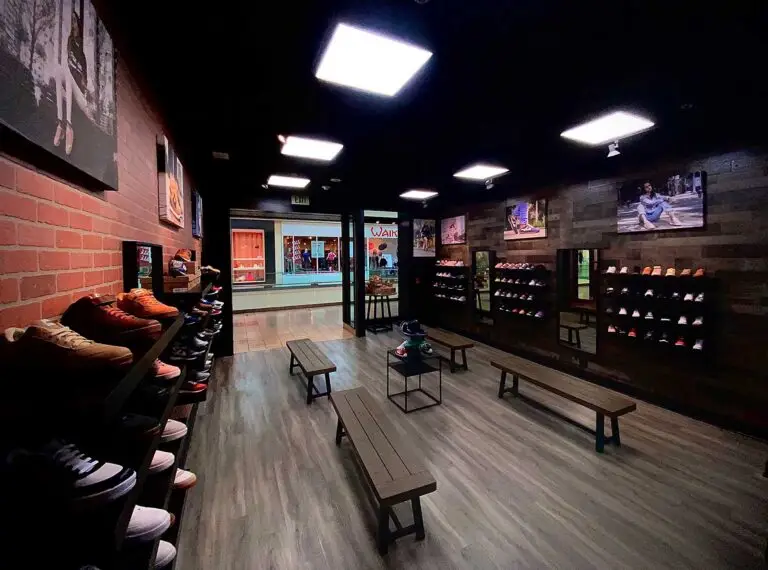As a business owner, you may be considering leasing commercial space for your growing company. Congratulations! This is an exciting time. However, before you sign on the dotted line, it’s important to understand what improvements you may need to make to the space and who will be responsible for paying for them.
In this blog post, we’ll briefly touch on what commercial landlords typically consider to be a “tenant improvement” (TI) and offer a few suggestions on how to negotiate who pays for what prior to signing your lease agreement.
What is Considered a Tenant Improvement?
Most landlords consider any alteration or addition made to the leased premises by or on behalf of the tenant to be a TI. This could be anything from adding walls to reconfiguring existing ones, to installing new plumbing or electrical work, to putting in new flooring or finishing an unfinished space. In short, if it’s not there when you move in, the landlord will likely consider it a TI.
Some landlords are willing to cover the cost of certain TIs as an incentive to lease their space, but don’t count on it. It’s generally expected that tenants will pay for their own TIs unless otherwise negotiated in the lease agreement.
How to Negotiate Who Pays for What
If you’re looking for the landlord to cover some or all of the cost of your TIs, the best time to negotiate is before you sign the lease agreement. Once the contract is signed, you’ll likely be stuck paying for your own TIs unless there’s something in the language of the agreement that states otherwise.
When negotiating with your potential landlord, try to get as much included in base rent as possible so that you’re only responsible for paying a fair share of ongoing operating expenses like utilities and janitorial services. If the landlord isn’t willing to budge on base rent, see if they’d be open to including a TI allowance in your lease agreement instead. This way, you’ll have a set amount of money that can be used towards making improvements to the space.
As a business owner preparing to lease commercial space, it’s important that you understand who is responsible for paying for tenant improvements. In most cases, tenants are expected to cover the cost of their own TIs unless otherwise negotiated in their lease agreement. If you’re hoping that your landlord will cover some or all of the costs associated with improving your space, try negotiating this prior to signing your lease agreement. And if your landlord isn’t willing to budge on base rent, see if they’d be open to including a TI allowance instead. By taking these steps upfront, you can help avoid any unpleasant surprises down the road.




